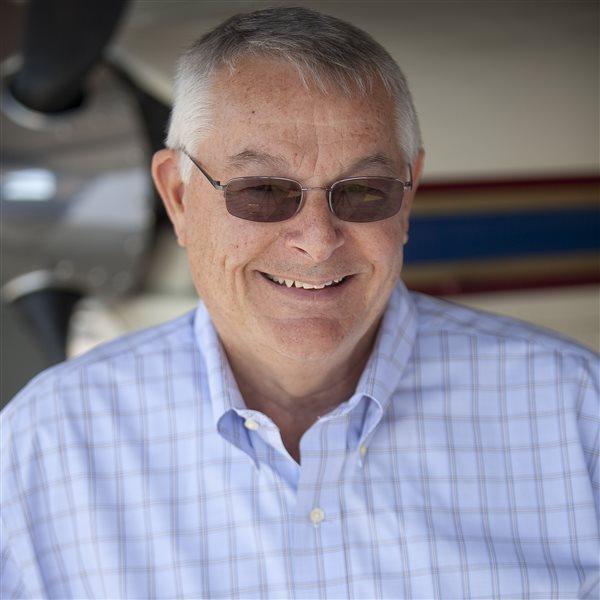Flight School Spotlight: U.S. Sport Flight Academy
Accelerated training profitable for Dallas school
U.S. Sport Flight Academy at Addison Airport, in a north-Dallas suburb, is having success with its accelerated training programs launched last year, attracting private-pilot and other students from nearby states.
The company, also known as U.S. Sport Aircraft, has accelerated students starting every week since a marketing push began in 2016. “I would say about four a month or more,” said flight school manager Samantha Haslacker. The school has expanded its resources, since an accelerated student needs a dedicated airplane and instructor for a solid two weeks. “It’s been growing,” she added.
The school now has 14 aircraft and 13 instructors. Most of the aircraft are two-seat SportCruisers from Czech Sport Aircraft, but there are also two Cessna 172s equipped with Garmin G1000 glass cockpits, a Diamond DA40 and DA20, a Beechcraft Duchess for multiengine training, and a Piper Lance for complex aircraft training.
“We let them know that we want them to be safe more than we want them to spend money with us, so we immerse them completely,” she said. Accelerated students are required to complete ground school prior to arrival. It can be an online course at their own expense or they can study on their own but must pass the FAA knowledge test prior to arrival so the school knows they are ready. Those not in an accelerated course or already living in the Dallas area can take their ground school at Addison.
“You’re working eight hours a day for two solid weeks. It is very possible to finish close to the minimum [number of flight hours],” Haslacker said. “Just recently we’ve had 40.2, 40.3, and 20.1 [total hours for two private pilots and a sport pilot], just barely over the minimum. When you are doing accelerated training, you really can finish close to the minimum number of hours. When you are doing a self-paced program, you can take your time, [but] you may end up having to repeat that last lesson,” said Haslacker.
“It always amazes me every time, but we have a system and it works. One of the ways we get the students to trust us is because they do a lot of research. Millennials go online and want to see if you are proud of what you do, and [whether] you show it.
“We’re proud of what we do, so we post on Facebook. We post YouTube videos. People who are interested in us, it’s actually the millennial age group, are going online and Googling, and they’re seeing the videos—they’re seeing what we do. They feel like they know us before they even get here,” Haslacker said.
“They’re seeing pictures of our staff, our team, our solos, our [student] checkride passes,” Haslacker said.
“When a student is looking for a flight school—maybe they live three states away—it’s a big deal. That’s a lot of money. When they call us, they’re going to get a warm, personable staff person to talk to them and take the time to explain to them how it all works.”
In her own experience learning to fly in Florida, she found schools were dismissive toward her whether she called on the phone or visited. She finally found a supportive school and got her private certificate.
The school offers a sport pilot package with ground and flight training for $6,500, a private pilot package with 50 flight hours for $11,500, a commercial package for $3,260, and an instrument package for $12,000. A few extras are included, such as a logbook, flight bag, an E6B calculator, and a fuel tester. All the programs are available as accelerated courses. Students in all the programs may also pay by the lesson or by the day. Those finishing early get a refund if they paid in advance. There are other courses, such as time-building, a multiengine course and a flight instructor course. Checkrides are guaranteed to occur within five days of course completion.
“If a school says they are going to offer accelerated [training], they need to have someone who can answer the phone and answer all these questions,” Haslacker said. “They should have a good social media presence to get those phone calls, to get those students in the door.”
The school primarily uses Facebook and YouTube for its social media presence, with Instagram to a lesser degree. “It’s grassroots marketing,” she said.
What if a student can’t afford to fly more than once a week? “That’s okay. I did that,” Haslacker said. “But I did focus on my flight training on the other days. I was going over the steps for each maneuver in my head. You have to stay really engaged if you’re going to fly once a week. You have to be doing the ground work. You have to be studying,” she said. Even flying once a week, you can still finish in a few months.
“We make it clear that we are going to go the extra mile for them. Whatever they need, whether it’s a hotel recommendation or someone to talk to about their [training] day, we are here for them,” she said.



